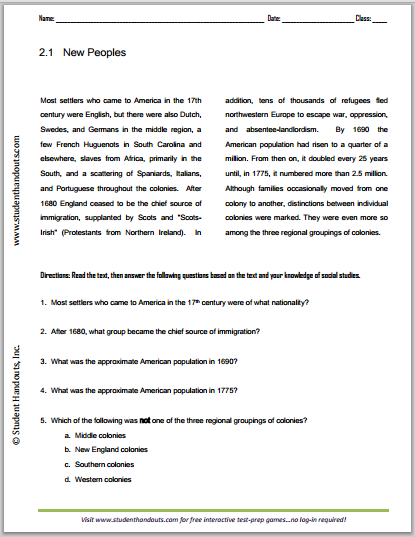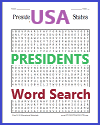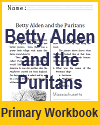New Peoples Reading Worksheet |
 Most settlers who came to America in the 17th century were
English, but there were also Dutch, Swedes, and Germans in the
middle region, a few French Huguenots in South Carolina and
elsewhere, slaves from Africa, primarily in the South, and a
scattering of Spaniards, Italians, and Portuguese throughout the
colonies. After 1680 England ceased to be the chief source of
immigration, supplanted by Scots and "Scots-Irish" (Protestants
from Northern Ireland). In addition, tens of thousands of
refugees fled northwestern Europe to escape war, oppression, and
absentee-landlordism. By 1690 the American population had risen
to a quarter of a million. From then on, it doubled every 25
years until, in 1775, it numbered more than 2.5 million.
Although families occasionally moved from one colony to another,
distinctions between individual colonies were marked. They were
even more so among the three regional groupings of colonies. Most settlers who came to America in the 17th century were
English, but there were also Dutch, Swedes, and Germans in the
middle region, a few French Huguenots in South Carolina and
elsewhere, slaves from Africa, primarily in the South, and a
scattering of Spaniards, Italians, and Portuguese throughout the
colonies. After 1680 England ceased to be the chief source of
immigration, supplanted by Scots and "Scots-Irish" (Protestants
from Northern Ireland). In addition, tens of thousands of
refugees fled northwestern Europe to escape war, oppression, and
absentee-landlordism. By 1690 the American population had risen
to a quarter of a million. From then on, it doubled every 25
years until, in 1775, it numbered more than 2.5 million.
Although families occasionally moved from one colony to another,
distinctions between individual colonies were marked. They were
even more so among the three regional groupings of colonies.Directions: Read the text above, then answer the questions below. 1. Most settlers who came to America in the 17th century were of what nationality? 2. After 1680, what group became the chief source of immigration? 3. What was the approximate American population in 1690? 4. What was the approximate American population in 1775? 5. Which of the following was not one of the three regional groupings of colonies? a. Middle colonies b. New England colonies c. Southern colonies d. Western colonies |
| Click here to print this worksheet. |
 |
| Colonial Period Books and Films | Colonial Period Learning and Study Games |
| Colonial Period Image Galleries | Colonial Period Outlines and PowerPoints |
| Colonial Period Miscellany | Colonial Period Worksheets |
Text courtesy of the U.S. State Department,
Bureau of International Information Programs, 2005 |












